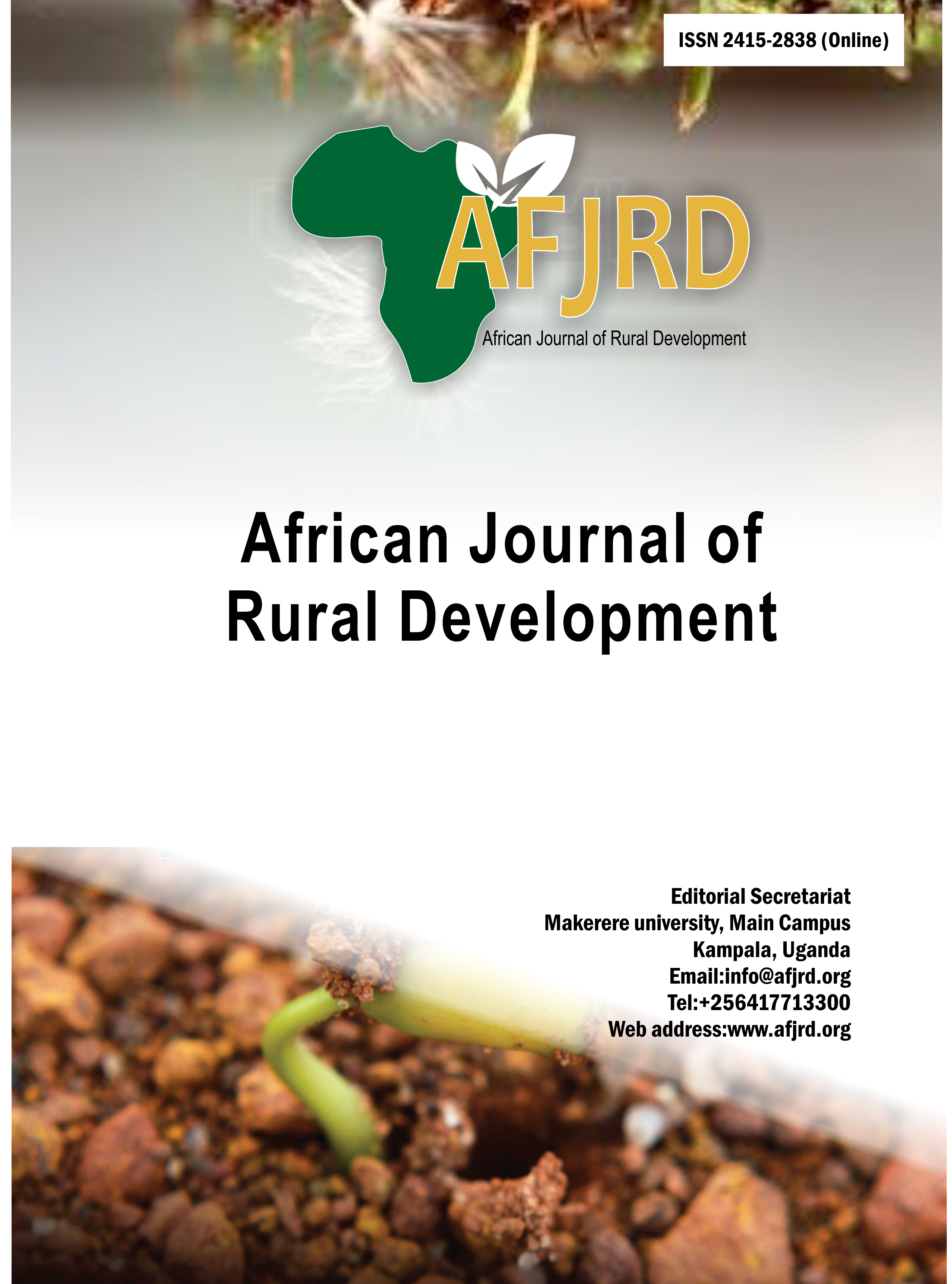Validation of efficacy of rabbit anticoccidial drugs commonly used in Kenya
Main Article Content
Abstract
The objective of this study was to determine the efficacy of three most commonly used
off label (poultry based) anticoccidials in treatment of rabbit coccidiosis by smallholder
rabbit farmers in Kenya. The test drugs as independently identified by farmers and agroveterinary
suppliers in a baseline survey were sulphachloropyrazine, amprolium and
trimethoprim-sulphamethoxazole and were benchmarked against diclazuril (diclosol 1%)
as the standard drug in experimental and natural coccidial infections. Sixty weaner rabbits
of New Zealand white and California white breeds were randomly allocated to six treatment
groups (A, B, C, D, E and F) each with 10 rabbits in a controlled laboratory trial. Groups
B, C, D, E and F were experimentally infected with mixed Eimeria species while group
A served as uninfected-untreated (negative) control group. Four of the infected groups
were respectively treated with sulphachloropyrazine (E), amprolium hydrochloride 20%
(B), trimethoprim-sulphamethoxazole combination (F) and diclazuril (diclosol 1%) (D) at
dosages recommended by the manufacturers (poultry reference dosages). Group C was the
infected untreated (positive) control group. Field efficacy trials in naturally infected rabbits
were then conducted to validate the laboratory results. Results revealed high efficacy of
suphachloropyrazine and diclazuril manifested by reduced oocysts counts, faecal and
lesion scores in the controlled laboratory trial approaching those of the negative control
group. Similarly, sulphachloropyrazine and diclazuril recorded high efficacies against
natural coccidiosis in the field trials which was manifested by significant reduction
oocysts shed. Trimethoprim-sulphamethoxazole recorded moderate to satisfactory efficacy
in the field trial but was not efficacious in the laboratory trial.
Article Details

This work is licensed under a Creative Commons Attribution 4.0 International License.
